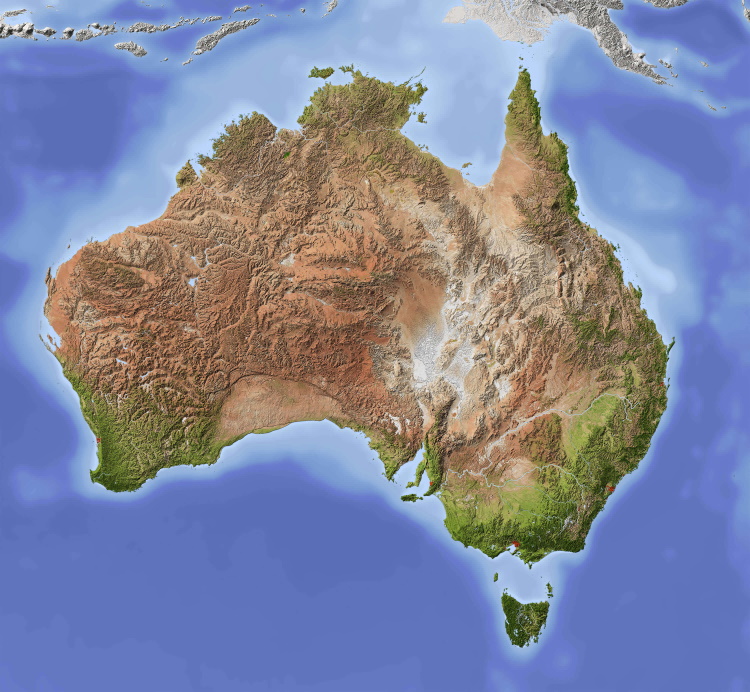

3·
7 days agoIt doesn’t need facial recognition. If it’s for statistical purposes, it only need numbers in and off, not to track us. That’s the point.


It doesn’t need facial recognition. If it’s for statistical purposes, it only need numbers in and off, not to track us. That’s the point.


They could quite easily do this with a driver manually counting on and off passengers. It wouldn’t need to be accurate, they could ballpark any numbers above 5. It could also be done with surveys are stops or on board, or with security camera footage. All without the infrastructure need. We also seem to be able to plan roads and spend even more than in public transport, without any need for registering trips.
As in, their connections rather than just simple trips? Why is that necessary for buses and not for cars?
Remember our whole transport network and all others worldwide used to be plan services prior to centralised tracking. Most would think services have worsened, not improved despite increasing population density and worse car traffic making public transport more attractive.
So, the tracking they already do doesn’t seem to be improving service. However, that’s subjective.